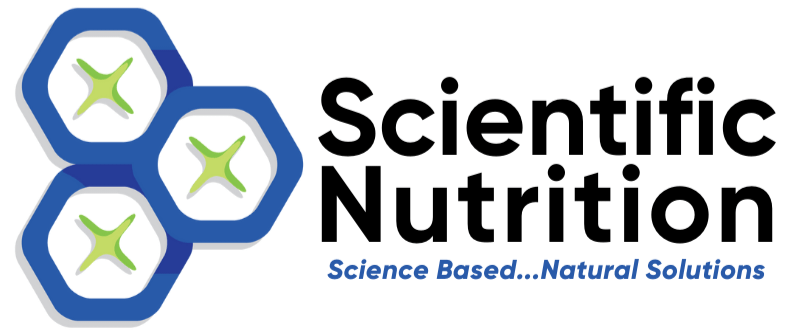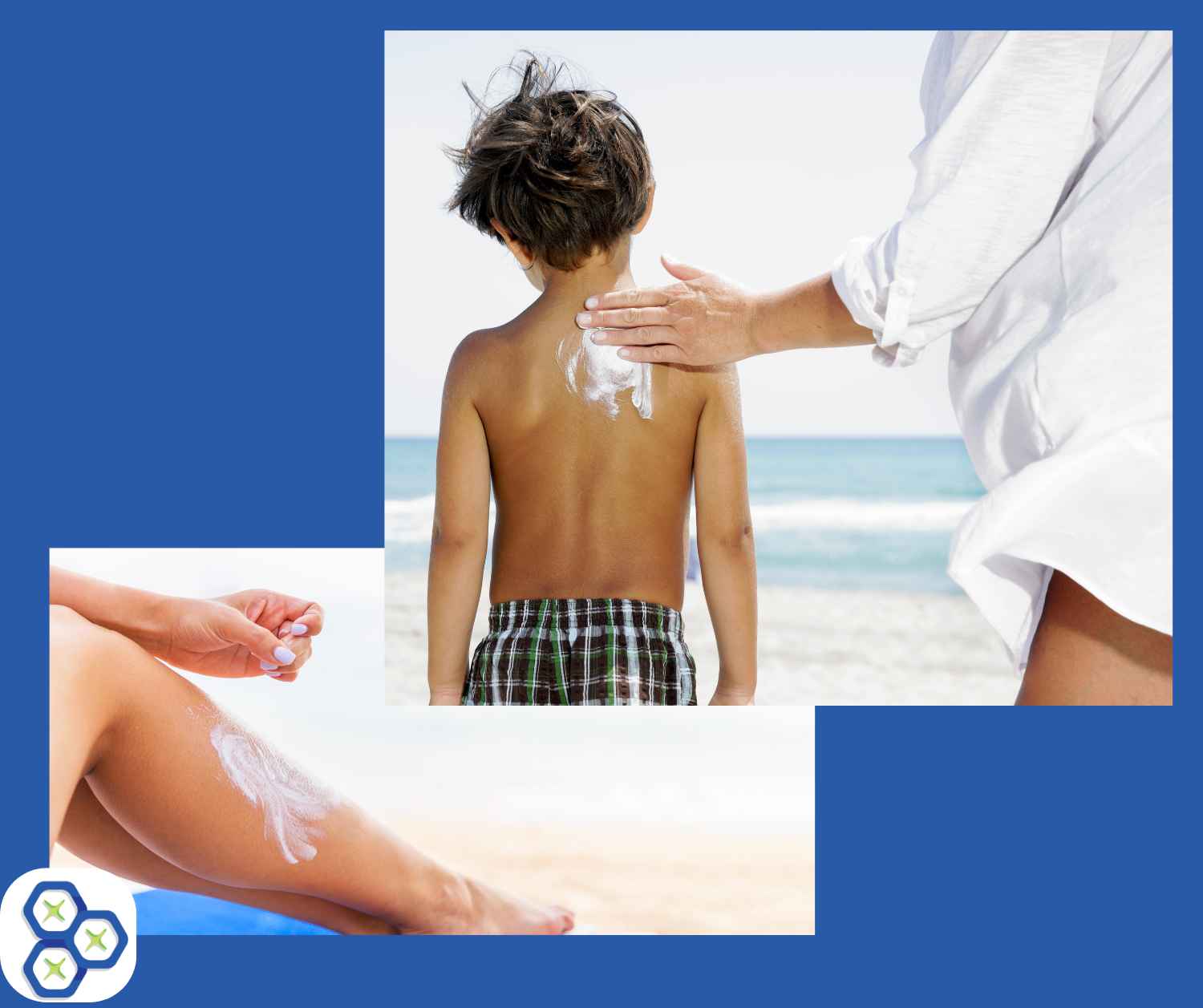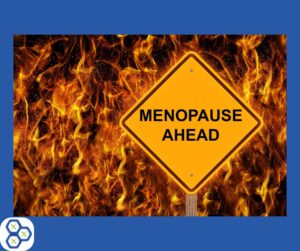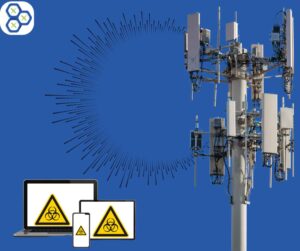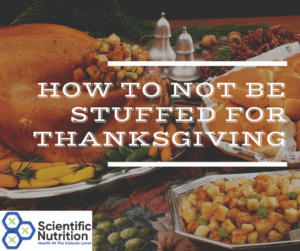Skin Cancer Statistics: Why Sun Protection Matters for Your Health
In 2025, approximately 110,000 Americans will be diagnosed with melanoma, a common malignancy. It is estimated that 8,000 will die from it, though the five-year survival rate remains at 94% overall. When detected early, the survival rate increases to nearly 99%. California continues to have the highest diagnosis rate (12,300), followed by Florida (10,400), Texas (5,100), and New York (4,800). Prevention remains absolutely crucial!
In the past 40 years, melanoma diagnosis has increased 8-fold in women and 4-fold in men. Even non-melanoma skin cancers have risen, affecting over 3 million people. Basal cell carcinoma is more common than ALL other human cancers combined, but melanoma is the most deadly. We all put sunscreen on at the beach, but often forget that 80% of ultraviolet light passes through moderate cloud cover.
Melanoma occurs when damaged DNA in skin cells that have mutated rapidly multiply to form a malignant tumor. It can form in the ears, eyes, mouth, nose, and on any skin surface. Getting an exam from a trained dermatologist who can see the scalp and inspect it closely is very important. Although melanoma is approximately 4% of all cancers, when it metastasizes, it is responsible for the greatest number of skin cancer deaths [1].
We have specialized immune cells in our skin to protect us from pathogens and the formation of cancers that are destroyed by UV rays. Accelerated aging is due to the breakdown of elastin and collagen, eroded by the UV rays as well. Protecting our skin is important, but doing so safely is necessary.
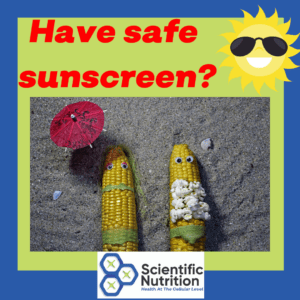
How To Choose Sunscreen Protection or SPF Level?
This can be tricky! As we know, UV damage can cause skin cancers, but so can the chemicals that are found in commercial sunscreens. Many of them are listed in the Environmental Working Group.
SPF means the product blocks the UVB rays that can burn your epidermis skin layer. However, it doesn’t block UVA radiation, which makes up 95% of the ultraviolet radiation. This UVA goes deeply into the skin where cancer begins and causes aging in the appearance of your skin.
A product with an SPF of 45 is only 4.5% stronger than SPF 15, not 3X as much protection. A sunscreen of SPF 100 will provide only 1% more protection than one with an SPF of 50[2].
According to a product review in 2016, ¾ of sunscreens have “worrisome ingredients”. Some 70% contained oxybenzone, which, when exposed to sunlight, will generate Reactive Oxygen Species or ROS, which leaves free radicals around for cancers to grow upon [3].
Why Do We Need Vitamin D From Natural Sunshine?
Many diseases have a decreased risk when you are at ideal levels of Vitamin D, including stroke, diabetes, peripheral arterial disease (PAD), congestive heart failure, high blood pressure, a higher risk for heart attacks, and links to cardiovascular disease. There is even clinical evidence showing that UV radiation that naturally comes to us from the sun can obliterate the novel Coronavirus.
What is the Difference Between UV Rays?
UVA rays come to us in wavelengths ranging from 315-400 nanometers. Studies show that UVA penetrates our skin at a much deeper level than UVB. It makes up 95% of the UV energy that reaches us versus 5% from UVB.
UVB rays travel in wavelengths of 280-315 nanometers. These are the ones we need to avoid from 2-4 pm as they are at their strongest. UVB is responsible for causing sunburn to our superficial layer of skin.
UVC wavelengths travel from 100-280 nanometers. They don’t affect our skin as they are absorbed by the ozone layer.
The Environmental Impact of Chemical Sunscreens: Coral Reef Damage and Beyond
The environmental consequences of chemical sunscreens extend far beyond human health concerns:
- Coral Reef Devastation: Studies show that oxybenzone and octinoxate cause coral bleaching even at extremely low concentrations (62 parts per trillion, equivalent to one drop in six Olympic-sized swimming pools).
- Marine Life Disruption: These chemicals can impair algae growth, damage sea urchin embryos, reduce fish fertility, and accumulate in dolphin tissues.
- Global Bans: Hawaii, Key West, Palau, the U.S. Virgin Islands, Aruba, and parts of Mexico have banned sunscreens containing these harmful chemicals to protect their marine ecosystems.
- Watershed Contamination: Chemical sunscreens wash off in showers and enter waterways, eventually reaching the ocean, even from inland locations.
A 2021 report from the National Oceanic and Atmospheric Administration (NOAA) estimated that approximately 14,000 tons of sunscreen enter coral reef areas worldwide each year, contributing to the degradation of these vital marine ecosystems.
Which Toxins Are In Over-the-Counter Sunscreen?
Although we want to block the damaging rays, we need to be conscious of the enormous amount of chemicals within commercial sunscreen.
Some of the most harmful include:
- Oxybenzone is the worst of them all. It can be responsible for skin allergies, eye irritation, affecting estrogen production in women, testosterone in men, metabolism, reproduction, sexual function, thyroid dysfunction, and even coral reefs. It is found in plastics and toys; in any case, it has no place on our skin as it is linked to causing cancer.
. - Octabenzone or Benzophenone, or Sulisobenzone cause cancer and are endocrine disruptors. It is toxic to your organ system and is in lip balms and nail polish as well. They dramatically slow your metabolic activation.
. - Fragrance can be listed generically or specifically in any form of Paraben, Triethanolamine (TEA), and Retinyl Palmitate (synthetic Vitamin A).
. - Octinoxate can cause skin reactions, inflammation, acne, changes in uterus size, lower sperm counts, and is an endocrine disruptor.
. - Homosalate can disrupt hormone production and will accumulate in the body. It absorbs the short-wave UVB linked to DNA damage as well as increases skin cancer risk.
. - Methyl Anthranilate may irritate your skin, alter reproduction, is a neurotoxin, is categorized as a mutagen, and is toxic to aquatic life forms.
. - Phenylbenzimidazole or Ensulizole produces the Reactive Oxygen Species mentioned that trigger mutations, cell death, disrupt cellular communication, and may be linked to cardiovascular disease.
. - Padimate O may trigger skin rashes or irritations, acne, and inflammation of the hair follicles. It has had contamination concerns, changes cellular levels, and is an endocrine disruptor.
. - Octyl Salicylate can cause allergies and has some immune toxicity.
. - Cinoxate can but rarely cause severe allergic reactions, itchy/swollen tongue, trouble breathing, and dizziness.
. - Para Amino Benzoic Acid / Padimate O/PABA can cause vomiting, nausea, loss of appetite, diarrhea, and stain clothing.
. - Methoxycinnamate is considered to be only 70% safe as it is linked to immunotoxicity, biochemical mutations, cell death, or apoptosis when exposed to sunlight and allergies.
What Else Should I Avoid in Sunscreen?
Nanoparticles can generate free radicals when they are very easily absorbed into the skin, swallowed in lip sunscreen, damage the gastrointestinal tract, or inhaled into the lungs. Powders with SPF or sprays are among the highest to avoid.
The synthetic form of vitamin A is called retinyl palmitate, retinol, retinyl linoleate, or retinoic acid. It can accelerate skin growth, and when exposed to sunlight, it can form free radicals that cause gene mutations along with damaging DNA. Synthetic vitamin A speeds the development of cancerous tumors on UV-treated animals [4]. It may also be toxic to growing fetuses.
The FDA (Food and Drug Administration) finds blood levels well above safe amounts of these toxins, yet they advise us to slather on more of it and more frequently! Even breast milk can carry these toxic chemicals into infants. Many of them, as you can see, disrupt thyroid and reproductive hormones such as estrogen, testosterone, androgen, and progesterone. In adults, they can also increase the incidence of breast cancer.
In addition to being harmful to humans, multiple studies have linked sunscreens to destroying delicate ocean ecosystems and massive coral reefs. Hawaii is now banning the usage and imports of many sunscreens to protect its coastal waters.
Natural Sun Protection Strategies: Beyond Chemical Sunscreens
For decades, we have been told to slather on sunscreen to block harmful UV rays, but the EWG, Environmental Work Group, has found that 75% of sunscreens contain harmful chemicals. When exposed to the sun, the compounds in our body produce ROS (Reactive Oxygen Species). This ROS causes irreversible damage to our DNA and cells, resulting in oxidative stress, which can be measured in your Hair Analysis Results.
Chemical sunscreens deactivate our antioxidant systems and increase free radicals that can damage cells, leaving them open to disease or illness.
Some of the ways you can protect yourself from sun damage:
- Use natural sunscreens without the chemicals found in commercial sunscreens.
- Wear light layers of clothes if possible to block the rays.
- Wear a wide-brimmed hat when out for long periods to shade your face and ears.
- Wear UV-blocking sunglasses when out in the sun for over 30 minutes. We do absorb the sun through our eyes to convert it to Vitamin D as well, so some exposure is good.
- Eat an antioxidant-rich diet.
- Take a product that works to eliminate oxidative stress or ROS, such as Protandim.
- Read your medication warnings carefully, as they can interact with sunlight. Products such as tetracycline, chlorpromazine, and sulfa drugs.
Newer formulas block the full spectrum with plant extracts and reverse solar-induced skin damage caused by ultraviolet radiation. Solar rays also induce skin damage, including wrinkles with a loss of elasticity, dryness, mottled pigmentation, spider veins, a leather-like appearance to the skin, and precancerous lesions.
Internal Sun Protection: Foods That Boost Your Skin’s Natural SPF
What you eat significantly affects your skin’s ability to protect itself from UV damage. Certain foods contain compounds that act as internal sunscreens:
- Tomatoes and Watermelon: Rich in lycopene, which studies show can reduce sunburn by up to 33% when consumed regularly. A 2019 study in the British Journal of Dermatology found that participants who consumed tomato paste daily for 12 weeks showed significantly less UV-induced skin damage.
. - Wild-Caught Salmon, Sardines, Bella Grace Collagen Elixir, and Fatty Fish: Contain astaxanthin, a carotenoid that provides antioxidant protection against UV damage. Research shows astaxanthin is 54 times stronger than beta-carotene at neutralizing free radicals.
. - Green Tea: EGCG compounds in green tea provide photoprotection and reduce UV-induced oxidative damage. A 2021 review in the International Journal of Molecular Sciences confirmed that green tea polyphenols help prevent photoaging and skin cancer.
. - Dark Chocolate: Flavanols in dark chocolate (70 %+ cacao) improve skin’s hydration and thickness while protecting against sun damage. A study from the Journal of Cosmetic Dermatology found that regular consumption of flavanol-rich chocolate increased the minimal erythema dose (MED), meaning participants could stay in the sun longer before burning.
. - Cruciferous Vegetables: Broccoli, kale, and cauliflower contain sulforaphane, which activates protective enzymes in your skin cells. Research in the Proceedings of the National Academy of Sciences showed sulforaphane continues to protect skin from UV damage even after it’s no longer present in the body.
While these foods boost your skin’s natural defenses, they don’t replace the need for topical sun protection—they work synergistically with it.
What Nutrients or Minerals Can Help Protect Against Sun Damage to My Skin?
–Selenium is a trace mineral that has been shown to help in protecting your skin against UV radiation, oxidative damage to the skin, and to protect you up to 80% against breast and prostate cancer. This is another reason why I look at selenium levels to get as close to ideal as possible on my client’s Hair Analysis results. Implementing supplements with 400 mcg daily is perfect and can also be easily met by eating 1 ounce of Brazilian nuts every other day.
–Licorice root is an anti-inflammatory, antiviral, and anti-ulcer supplement. It can help in blocking the growth of melanoma cancer cells. This tasty root can be protective and help to negate inflammation in the skin and in detoxifying the liver. Aveda makes a great tasting Comfort Tea however, it’s important to realize you need to introduce it slowly so it doesn’t cause too much fatigue while detoxifying the liver.
–Milk Thistle or Silymarin is an immune-enhancing, anti-inflammatory, and antioxidant. When used as a topical agent, it can block DNA damage. We have a P53 gene that can protect us, which is enhanced further with the Milk Thistle. It also repairs damaged DNA caused by UVB radiation.
–Oat Beta-glucans can permeate deeply into the layers of the skin to promote cellular repair and encourage collagen synthesis to such a degree that it has been shown to restructure our tissue. In time, it can reverse wrinkling significantly.
–Green Tea Extract contains a polyphenol (EGCC) that, when applied topically, is proven to prevent skin cancer in lab animals. It negates UV radiation damage, helps to maintain immunity, and repairs DNA. EGCC prevents photoaging when taken orally in addition to boosting weight loss, but is best topically for skin protection.
What plants can help?
–Plants such as Rosemary, which produce ursolic acid, stop ROS in your skin cells and prevent UVA ray damage. In a study done on Rosemary Extract, it was shown to block cancerous melanoma cells with the ursolic acid, along with inhibiting tumor growth by 99% when applied topically[5].
What Are Some Brands That Are Non-Toxic and Natural Sunscreens For the Whole Family?
- Thinksport Kids Body & Face sunscreen stick, SPF 30+
- UV Natural Baby Sunscreen Lotion, SPF 30+
- Adorable Baby Sunscreen Lotion, SPF 30+
- 365 Everyday Value Mineral Sunscreen Sport Lotion, SPF 30+
- SunBioLogic Raw Coconut Sunscreen Face & Body Sunscreen Lotion, SPF 30+
- Shade Factor SPF 30+
- Kiss My Face Organics
- Butterbean Organic
- Raw Love
- Natural Tone
- Avasol
- Tropic Sport
- Adorable Baby
- Liquid Aloha, Wholesome Home
- Raw Elements (for sports)
- Badger
- Think Baby
- Kabana Tinted (for ladies’ faces)
- Dr. Mercola Healthy Skin Sunscreen SPF 30
Ideally, you want to look for a product that has FDA approval and contains NO Vitamin A. Of course, it should go on easily, contain anti-oxidants, and have 80 minutes of water resistance.
It is best if it has Zinc oxide only, contains NO phenoxyethanol, and does not contain NON-nanoparticles. I know it can be a lot, however, your safety is at stake.
How to Choose the Safest Sunscreen: A Consumer’s Checklist
When evaluating sunscreen products, use this evidence-based checklist to make the safest choice:
- Active Ingredients: Choose non-nano zinc oxide as the primary active ingredient (look for 15-25% concentration for optimal protection)
- Broad Spectrum: Ensures protection against both UVA and UVB rays
- SPF Rating: Select SPF 30-50 (higher numbers offer minimal additional protection and may contain more harmful ingredients)
- Water Resistance: Look for 80-minute water resistance for outdoor activities
- Formulation: Lotion formulations typically provide more reliable coverage than sprays or powders
- EWG Rating: Check the Environmental Working Group’s Skin Deep database for products rated 1-2 (lowest hazard)
- Avoid: Products containing oxybenzone, octinoxate, homosalate, octocrylene, avobenzone, retinyl palmitate, parabens, and synthetic fragrances
- Third-Party Testing: Select brands that conduct and share third-party testing for efficacy and safety
- Packaging: Choose products in non-plastic packaging when possible to reduce chemical leaching and environmental impact
- Remember that price doesn’t always correlate with safety—some of the most expensive brands still contain harmful ingredients, while some affordable options meet all safety criteria.
DIY Natural Sunscreen Recipe
If you are feeling adventurous, you can make your own sunscreen as follows:
- 1 Tablespoon of a carrier oil such as Coconut Oil
- ¼ Cup Aloe Vera Gel
- 10 drops of Essential Oil
- 3-4 Drops of Carrot Seed Essential Oil
*Shake before each use and store in the refrigerator.
Which antioxidant ingredients do you want in your sunscreen to stop it from going rancid?
- Wild Pansy
- Vitamin E/tocopheryl acetate
- Carrot Seed Oil
- Sea Buckthorn Oil
- Green Tea
- Coconut Oil
- Cocoa butter
- Hibiscus
- Avocado Oil
- Red Raspberry Seed Oil
- Olive, Jojoba, or Sunflower Oil
- Cranberry Seed Oil
- Green Coffee
Other acceptable ingredients would include non-nano particle Zinc Oxide and Titanium Dioxide, if in a lotion form.
Sunscreen Application Best Practices: What Most People Get Wrong
Even the safest sunscreen won’t protect you if used incorrectly. Follow these evidence-based guidelines:
- Quantity Matters: Most people apply only 25-50% of the recommended amount. For full-body application, use approximately 1 ounce (a shot glass full).
- Timing is Critical: Apply mineral sunscreen immediately before sun exposure. Unlike chemical sunscreens, physical blockers work right away.
- Reapplication Schedule: Reapply every 2 hours of sun exposure, or immediately after swimming or heavy sweating, even with water-resistant formulas.
- Don’t Forget These Areas: Ears, back of neck, tops of feet, scalp part lines, and backs of hands are commonly missed spots where skin cancers frequently develop.
- Shelf Life Awareness: Mineral sunscreens typically remain effective for 2-3 years. If the texture or smell changes, discard immediately.
- Storage Matters: Heat degrades sunscreen effectiveness. Never leave sunscreen in hot cars or direct sunlight.
- Application Order: When using skincare products, apply in this order: cleanser → toner → serum → moisturizer → sunscreen → makeup.
A 2019 study in the Journal of the American Academy of Dermatology found that most people miss approximately 10% of their face when applying sunscreen, particularly around the eyes and the sides of the nose—areas highly vulnerable to skin cancer.
Frequently Asked Questions About Natural Sunscreens
Are mineral sunscreens better than chemical ones?
Yes, mineral sunscreens containing zinc oxide or titanium dioxide are generally safer than chemical alternatives. They work by physically blocking UV rays rather than absorbing them, don’t penetrate the bloodstream like chemical filters, cause fewer allergic reactions, and are safer for coral reefs. The FDA has classified zinc oxide and titanium dioxide as “Generally Recognized as Safe and Effective” (GRASE), unlike chemical UV filters.
What toxic ingredients should I avoid in sunscreen?
Avoid oxybenzone, octinoxate, homosalate, octocrylene, avobenzone, retinyl palmitate (synthetic vitamin A), parabens, and synthetic fragrances. Oxybenzone is particularly concerning as it disrupts hormones, damages coral reefs, and may contribute to skin cancer risk by forming free radicals when exposed to UV light. Chemical filters have been detected in blood at levels exceeding FDA safety thresholds.
Can natural sunscreens provide enough protection?
Yes, properly formulated natural mineral sunscreens with sufficient zinc oxide (15-25%) provide excellent broad-spectrum protection against both UVA and UVB rays. In fact, zinc oxide offers the most complete UV protection of any single sunscreen ingredient. The key is choosing products with adequate concentrations and applying them correctly, using approximately 1 ounce for full-body coverage and reapplying every two hours.
What foods can help protect my skin from sun damage?
Several foods boost your skin’s natural sun protection. Tomatoes and watermelon contain lycopene that can reduce sunburn by up to 33%. Wild-caught salmon provides astaxanthin, an antioxidant 54 times stronger than beta-carotene. Green tea’s EGCG compounds offer photoprotection. Dark chocolate (70%+ cacao) improves skin thickness and hydration while protecting against UV damage. Cruciferous vegetables like broccoli activate protective skin enzymes. These foods complement topical sunscreen rather than replacing it.
Hair Analysis and Natural Sunscreen
One of the things I am looking for is oxidative stress on a Hair Mineral Analysis test. We want to measure inflammation. It can trigger pro-inflammatory cytokines, which are proteins being let go by cells that can disrupt the communication between your cells. As a result, these cytokines can lead to pain. When we rebuild the nutritional stores and detoxify the chemicals or heavy metals, our body is able to heal and return to the best quality of health.
LET’S CHAT about your health goals!
Learn more about safe mosquito and bug spray.
[1] https://my.clevelandclinic.org/health/articles/the-facts-about-melanoma February 22, 2017
[2] https://ewg.org/sunscreen/report/whats-wrong-with-high-spf/ February 15, 2017
[3] J Invest Dermatol 1996:106(3):583-6
[4] NTP 2011, 2012, and EWG
[5] Cancer Res. 1994;54(3) ;701-8
Copyright Scientific Nutrition, LLC 2021
